Thailand Travel Basics
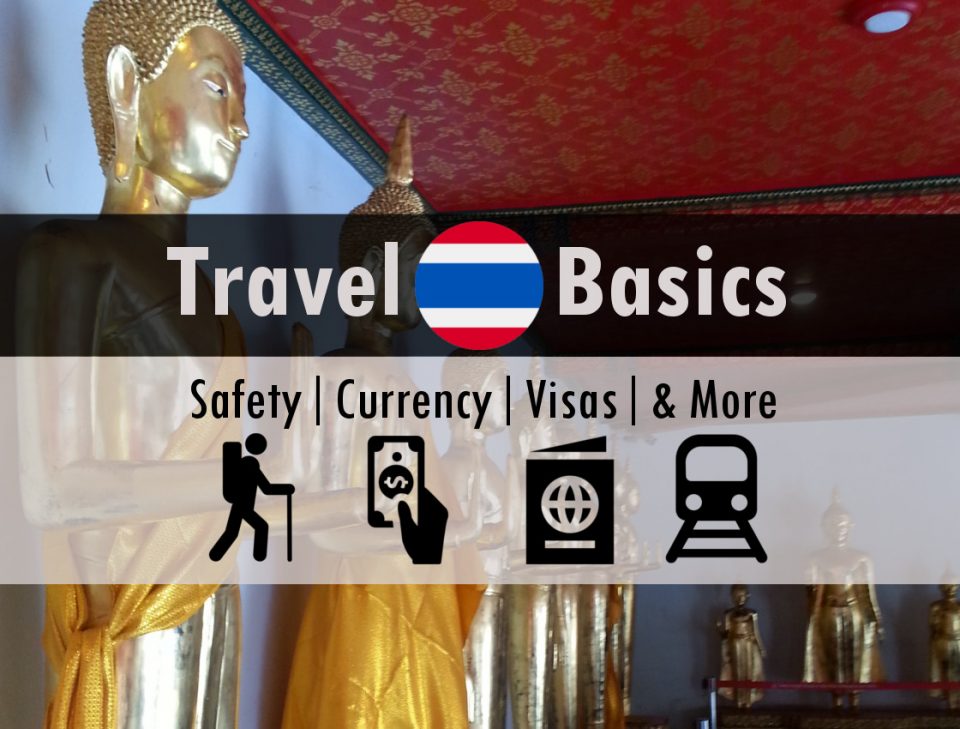
So you’re thinking of backpacking Thailand? Wondering how much it’ll cost you? Is it safe to travel alone? Where should you go? What’s the weather like? And how to get around? Thailand is one of the most visited countries in Asia and the number one destination for young millennial looking for a rich cultural experience and cheap beach parties!
Thailand has grown economically on the strength of it’s tourism industry. The country sees over 35 million visitors a year and has accommodations for everything you could ever need! 5-Star Hotels, Beach Resorts, Yoga Retreats, Meditation Centers, Perma-Culture Farms, Discount Hostels, Beachside Huts and more! There is so much to learn and enjoy from the food & drink, to the rugged untamed nature and incredibly rich history. A trip to Thailand can fit any budget and treating yourself to some luxury has never been more affordable! Thailand has the most beautiful beaches, tropical islands and the amazing weather to make it the perfect holiday destination.
Among all the countries in South-East Asia, Thailand is the champion of tourism but this also carries a dark side. Notably the sex trade and party islands with fridges full of corpses in peak season from drug and alcohol abuse. Full Moon parties, half moons, forest and jungle parties draw in crowds of tourists from around the world ready to go wild and party like no tomorrow. For many, there never is…so please be safe and travel with friends you know and trust!
Thailand also has a quieter side, one of temples, monasteries and historic ruins from the Siam Empire. To make things easier for you, here are the basics you should know for traveling Thailand.
The Cost to Travel Thailand
- Street Food: 20-50 baht ($0.60 -1.50 USD) per meal, 35-200 baht for fruit smoothies and alcoholic beverages ranging from a can of beer to buckets and pales!
- Restaurants: The local mom and pa establishment will cost you 70-150 baht per meal item. While the western style restaurants will run up to 300 baht – around $10 per meal. Its worth trying out some of the amazing fancy meals, however for my budget I preferred the street food and local mom and pa, don’t speak English…authentic Thai restaurants!
- Accommodations: A 6-8 bed dorm can range between 120 – 300 baht per night depending on the luxuries and location, most cheaper options don’t include breakfast. A cabin on an island depends on the season but can range from 400-600 baht per night. 5 Star hotels can be found on most popular islands and in Bangkok for $40+, a great deal for the luxury! I used Hostel World, Agoda and Hotels Quickly to compare prices and book in advance.
- Couchsurfing: One of the best ways to be introduced to Bangkok and other cities in Thailand is by meeting a local or expat through the Couchsurfing App!
| Fixed Costs | USD | |
| Thailand Visa | $40 | |
| Temple Tickets in Bangkok | $6 | |
| Diving Lessons | $80 | |
| Variable Costs | Low | High |
| Accommodation/Night (6 Person Dorm & Private Room) | $1.50 | $15 |
| Food & Drinks/Meal | $2 | $10 |
| Bus/Trip | $5 | $20 |
| Tuk-Tuk | $3 | $12 |
Test out the Market
TIP: Ask you hostel staff what is the going price of a fruit, choose a fruit, any fruit. I chose dragon-fruit or mango because it’s easy to spot from far away is easily purchased without confusion for quantity, unlike Bananas. When you enter a market and want to buy fruit for the day, you will have a reference point for the merchant’s quote.
Thailand has famous floating markets outside of Bangkok. The best ones are Damnoen Saduak Floating Market, Amphawa Floating Market and Talin Chan Floating Market. They range from 12 to 90 kms outside the city, but are well worth the day trip.
Now you can assume the price of most goods are doubled or tripled for tourists. What you do with this information is up to you. Many tourists complain about feeling ripped off by the locals, well its your responsibility to find out how much things actually cost!
The Currency – Thai Baht (THB)
This is so important! You spent all those months saving for your trip, so lets get familiar with the local currency before you spend it. Thailand has an official currency called the Baht that trades between 30 to 35 Baht to $1 USD.
The Thai economy is large enough that the currency is free floating, meaning it is not pinned against the USD. So the cost of traveling changes depending on the strength of each economy. In 2016, the US Dollar was strong so travel to Thailand was the cheapest it’s been in the last 5 years.
If you aren’t American, download the Currency Exchange App ‘Xe‘ on your phone, it will update when connected to the internet and keep the latest rates for many currencies stored on the app for offline use. For other money saving apps check out this post.
Thailand is Safe to Travel
Safety should always be a point of concern for travelers when choosing the next vacation or backpacking destination. I recommend check out the International SOS Map Website for an overview of travel risk across countries. The map has different ratings for Medical Risk, Security Risk and Road Safety Risk.
The best resources for accessing the safety of a country are your country’s embassies! You should check out the physical location of your embassy in the country or if there isn’t one, another embassy that accepts you. For example, the US Embassy will likely help Canadian Citizens if there isn’t a Canadian Embassy available.
The thing to do as a tourist in Thailand is renting or buying a cheap motorbike and touring the countryside, island or if you are truly a master ride, the cities!
But driving in Thailand is actually pretty dangerous. You see backpackers with “Thai Tatts” which is essentially road burns from skidding out on the motorbikes. So riders beware that renting a motorbike legally in Thailand requires an official motorbike licence issued by your country and international drivers permit (IDP) but rental shops won’t ask for anything other than cash. I paid a little over 400 Baht ($12 USD) in Chiang Mai for a full day’s rental but split it with another traveler.
Embassy Websites
- The US Department of State – Bureau of Consular Affairs has Thailand ranked as “1 – Exercise Normal Precautions”. The safest rating.
- The Government of Canada – Public Health Agency has Thailand ranked as “Exercise a high degree of caution”. The second safest rating, due to some traces of the Zika Virus.
- France Diplomatie – Outlines some of the specific risks in Thailand, specifically that Thailand has the most road accidents with 20,000 deaths in 2013.
- Australian Government – Department of Foreign Affairs and Trade has Thailand ranked as “Exercise High degree of caution” and do not travel to Yala, Pattani, Narathiwat or Songkhla in the south.
I’m not going to list them all, you can certainly find your own government website in google. Take the American Travel Risk Rating as an excellent reference as well. They keep information updated regularly for each country
Thailand Visa Application
Go to your Government Website that you know is real and find the links to the Official Thailand Government Pages. I use the US Department of State Website which has links to the Thai Royal Embassy page. listed below.
There are a lot of fake E-Visa or VOA Services online for Thailand, which will send you a fake document and steal your information (Like Passport Number & Name). Which is terrible.
Visas for Thailand
Thailand attracts visitors from all over the world! You need to know what kind of Visa is available to you (your Nationality) and plan around how long you can visit. This page is linked directly from the Thai Embassy website in Canada. It outlines the required documentation for entry into Thailand depending on the Nationality of the applicant. Note that Canadians, Americans and most Europeans qualify for the 30 day Visa Exemption, on occasion proof of departure in the form of an airline ticket may be requested.
I entered Thailand from Siam Reap, Cambodia with no issues whatsoever. Many tourist will travel back across a neighboring border and re-enter after a few days for another 30 days. However many tourism can have their stay extended at the border or local embassy in Bangkok for a fee. I saw many tourists go for “Visa Runs” to Loas, Cambodia and Malaysia, and return to Thailand. However, since 2015 the Thai government has been cracking down on tourist Visa Runs. I’ve heard one is okay, but perhaps a 1 year multiple entry visa would be more convenient for stay over 2 months. 30 days is quite short, so I understand the need for more time in this wonderful country.
Entry & Visa Requirements
- Passport or Passport Scan with 6 Months Remaining on your passport.
- Application Form
- 2 Standard issue Color Photograph taken in the last 12 months (Attach to email or print)
- Credit Card Form or Cheque in USD
- Prepaid Envelope with your Mailing address (For Mail Option)
- Visa processing fee
Using a Visa Service
Thailand is a popular winter get-away destination for teachers, retirees and pensioners. So maybe 30 days isn’t enough. There is a 1 year multiple entry Visa you can apply for through the Thai Embassy. The alternative is simply to use VisaHQ Services.
It just makes things a lot easier and guaranteed. The benefit of using a Visa service is being able to have all your different Visas for multiple countries organized in one place and have professional advice should you need specialized service for non-tourist visas
Note: VisaHQ is an Affiliated Partner of Tallypack Travel, a commission from your order will go to support the blog!
VisaHQ is available for a lot of countries, check out our VisaHQ widget in the sidebar to check if you need a Visa for Thailand (Down Below on Mobile)
The Geography – North & South
Thailand has four distinct regions: The Northern Mountains Ranges, The Central Plains, The Eastern Provinces and the South Coast & Islands. The most common destinations are along the route from Chiang Rai in the North, down through the central plains to Bangkok and South along the Coast in order to visit some of the exotic islands only accessible by boat. For a change of pace, I spent two weeks in the North among the Indigenous Tribes communities that live inside the country’s National Parks.
It is very difficult to see all of the amazing things Thailand has to offer in just 30 days. So I recommend choosing a few locations that will offer a wide range of experiences and spend enough time in each to fully enjoy what the city, village or island has to explore. Thailand is such a well traveled country, many tourists return for a second or third adventure! So don’t be too disappointed if you can’t see everything on your first trip. I spent all of my first trip in the North and Central Plains, but I will try and fill you in about the South as best as I can.
Weather in Thailand
Weather in Thailand depends on where you intend to go. The North has a different climate than the South. The North has three seasons, the South is either wet or dry but different depending on the coast.
The North of Thailand is dry between November and May, and I mean dry-dry. Pai and Chiang Mai do not feel humid at all, more like a desert. The monsoon seasons starts in May and rains until November.
The South of Thailand which includes Phuket, Koh Phi Phi and Koh Samui, has two seasons. The West Coast is wet from April to October while the East Coast experiences heavier rain from September to December.
As a traveler, I prefer a nice dry heat any day over a less hot humid weather. So for me, anytime between November and February is great! The northern region will be dry and so will Koh Phi Phi and Phuket on the west coast. On my first trip to Thailand I visited towards the end of February and found the weather in Bangkok to be around 30 degrees. I found it hot but it turns out this was a great time to visit Bangkok as the spring temperatures can reach 40 degrees with 90% humidity.
Transportation
When you think of Thailand, you think of the Tuk-Tuk. They are everywhere! For new travelers, you will quickly find yourself paying two to three times the price if you don’t know any better! The locals will stick to their price too even if you call them on it. The Tuk-Tuks are a novelty for inner-city transportation for tourists but locals use them for nearly everything. My recommendation is to use common sense! On a hot day in Bangkok with heavy traffic, take an air-conditioned Taxi! In a small town with fresh air, a cool breeze and a view, the Tuk Tuk is a great way to get from A to B. Pay slightly less than you would for a Taxi: 40-80 baht depending on the distance. If a tuk-tuk driver comes out of the gate with a 100 Baht ride and you aren’t going all the way across town, bid him lower or walk away. And never accept a free ride or turning the meter off in a Taxi.City to City Buses in Thailand
I took several VIP buses, to Chiang Mai, Bangkok and Thung Chang for 460-600 baht ($14-18 USD), each time from the local bus terminal. The service is really good, they have bus attendants who hand out blankets, drinks and snacks for the day and overnight buses. They are also very reliable and nothing like the party night buses of Vietnam.
Two resources I recommend for booking bus tickets in Thailand are 12G0 Asia and BusBud. They both have apps available on the app stores. The prices seem a little better on 12Go which specializes in transportation in South Asia.
Unlike in China, buying tickets the same day in Thailand is pretty easy, if you are running a strict schedule, consider picking them up the day before.
Train Lines in Thailand
My favorite resource for transportation is a great website called Seat61.com, check it out! I love it because I know it’s just a person who likes trains a lot and somehow turned it into the best transportation blog on the web.
The train is the best way to get around Thailand. The train is cheap, comfy and hits most of the major tourist destinations with only one connection for a ferry or bus. You can take the train from Chiang Mai to Kuala Lumpur and Singapore.
From Bangkok to Singapore costs only $60 USD, cheaper than flying! It’s an authentic experience primarily used by locals. 3rd class tickets are usually only sold the day of but upper class seats can be purchased in advance online.
Subway & Transit in Bangkok
One of my favorite experiences was taking the city bus for four hours after getting lost in Bangkok. Bangkok buses ranged from 9 to 18 baht and let’s just say I tried far more buses than I would have liked. The buses were filled with only locals as most tourists only take taxi’s or Tuk-Tuks. It was very authentic and gave me the chance to meet quite a few locals as I was asking for directions.
I preferred the subway system. There are two rail lines: The MRT & BRT (Bus Link to airport A1 & A2- 30 BHT) that charge 12-20 baht per ride depending on the number of stops.
BEM, the official subway operating company in Bangkok released an App for iOS and Google Play called Bangkok MRT, download it before you go for easy navigation around the city!
Basic Thai Phrases
- Hello = Sa Wat Dee
- Thank you = Kawp Koon
- Sorry = Khor tort
- Goodbye = Lah-Gorn
- Yes = Chai
- No = Mai CHai
- My Name is ___ =
- How Much? = Ra ka tao rai
For a more complete list, we reference Culture Trip’s article
Thai is a very difficult language to simply pick up, but the locals will appreciate that you are making the effort with some basic words and phrases! Consider picking up a language guide for all of South East Asia.
The History and Culture
The history of Thailand is one marked by war, coops against the government and the formation of a free independent Kingdom.
Thailand as we know it today is a young country but the Siam people are ancient with roots back to western China, modern day Yunnan Province. They migrated south in the 10th century and established Kingdoms for a thousand years in the plains for Bangkok and mountains of northern Thailand. The region had four major Kingdoms come and go over the ages:
- Sukhothai Kingdom 1232-1438
- Ayutthaya Kingdom 1351-1767
- Thonburi Kingdom 1767-1782
- Rattanakosin Kingdom 1782-1932
During this time, Thailand had never been conquered or colonized by a European nation, the only country in southeast Asia to maintain independence. They did however sign an alliance with Japan in World War 2, granting the axis power free passage through the country.
Towards the cold war era, Thailand’s government was backed by the US government after a successful coup. This allowed the two nations to sign a secret agreement in 1961 allowing the US to occupy airfields in Thailand during the American War in Vietnnam.
Documentaries
- “Wild Thailand” – Nature Documentary on Thailand’s amazing wildlife
- “The People’s King: King Bhumibol”– History Channel Documentary
- “Soul of a Nation”– The Royal Family of Thailand (1970)
- “Thailand – Tourism and the Truth” Documentary on the Workforce behind the Tourism Industry
- “No Reservations -Thailand” – Anthony Bourdain
- “Bangkok Street Food” – National Documentary Adventure
- “Born for the Fight” – Muay Thai Fighting Documentary
- “Fight Club Asia” – National Geographic Documentary
- “Scuba Diving Koh Phi Phi” – Youtube Montage
- “Scuba diving Koh Tao” – Youtube Montage
Books & Websites
- “Lonely Planet Thailand” – Lonely Planet Guide
- “Birds of Thailand” – Princeton Field Guides
- “Thailand: Traveler’s Wildlife Guide”
- “King Bhumibol Adulyadej: A Life’s Work”
- “History of Thailand” – Wikipedia Page (Easiest Resource)
- “Thailand’s Best Street Food”
- “Pok Pok: food and Stories from the Streets…” Thailand Food Guide Amazon Book
- “Vegan Street Food” Guide for South East Asia and India
- “Fighting Strategies Of Muay Thai: Secrets of Thailand’s Boxing Camps”
- “Muay Thay Unleashed”
- “DiveZone” – Thailand: A forum on Scuba Diving in Thailand
The Thai Economy
Tourism is incredibly important to the Thai economy. It’s the largest sector by far and the source of employment for a lot of aspiring young workers. Foreign investment into hotels, resorts, high end restaurants and spas has allowed the country to grow much faster than neighboring Cambodia and Myanmar.
Thailand is considered an middle to higher income country in Asia and is well positioned to grow as the desire to travel internationally becomes more mainstream in the titan next door, China. More and more Chinese are making Thailand their cheap get-away vacation destination.
Population: Thailand is growing steadily in population, similar to Malaysia. But Thailand is still very populated for it’s size. The cities like Bangkok are very dense and sprawling with 8.2 million inhabitants. There are small villages everywhere in the country, which makes traveling by motorbike a once in a lifetime experience. Thailand has nearly 70 million people as of 2017 from multiple ethnic groups including Thai, Malay, Khmer & Karen.
The farm I stayed at in Thailand was just outside a National Park in which lived a native ethnic group called the Khmu outside of Nan in the north.
Tourism: Thailand is more dependent on travel tourism than almost all other countries in Asia. Roughly 72% of international trade in services comes from the tourism sector.
This has allowed the country to protect nearly 20% of it’s land area instead of turning to more destructive industries such as logging, mining or palm oil plantations.
Tourism in Thailand is only just beginning to grow. The country will see more and more tourists as young people seek to explore the world.
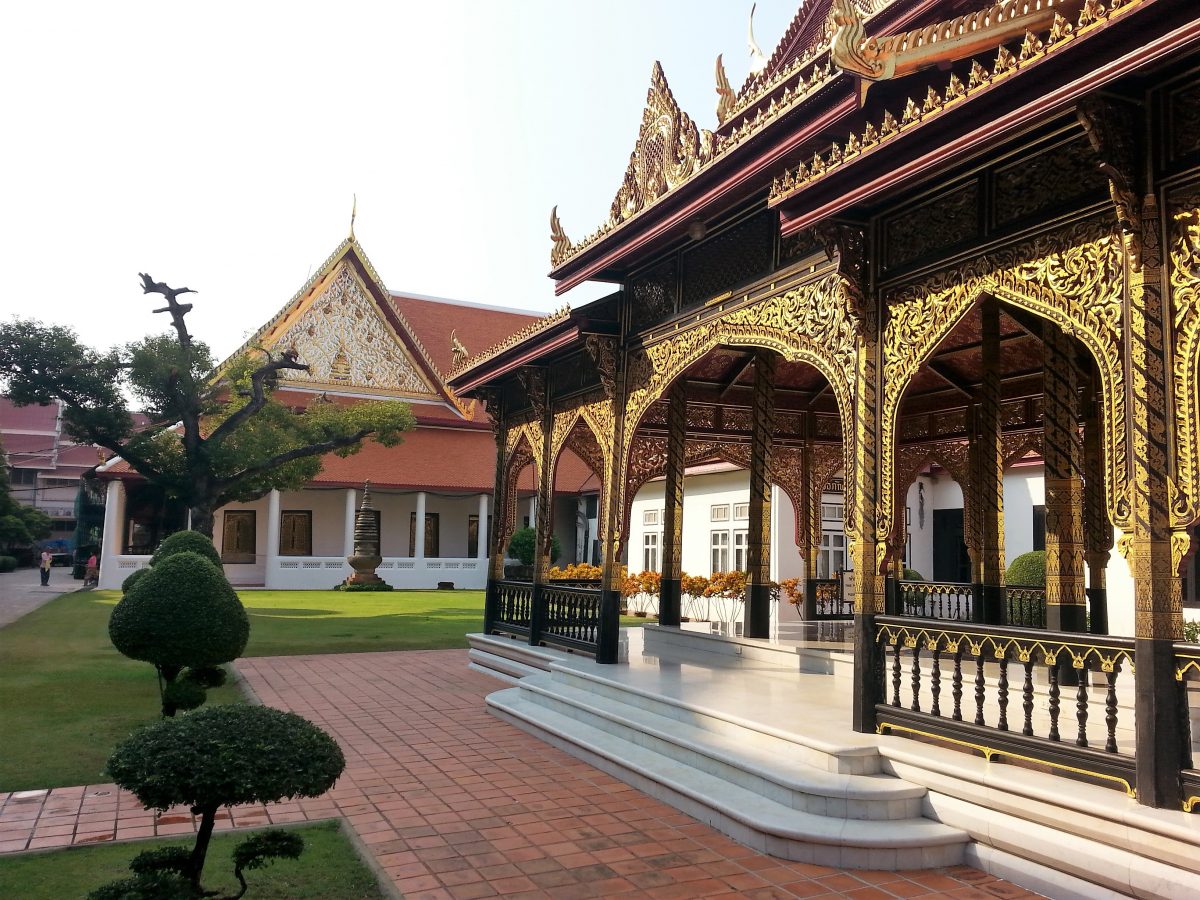
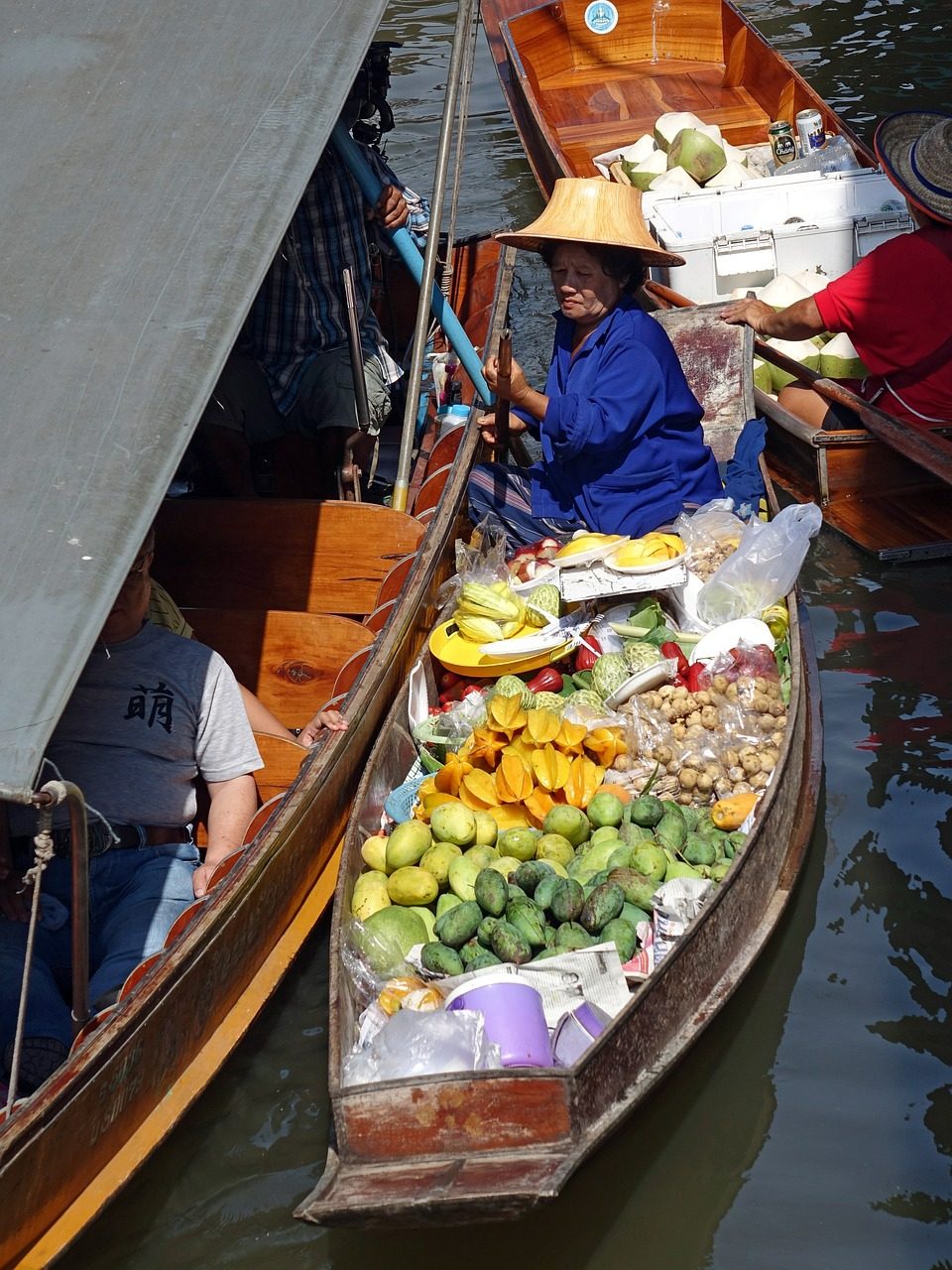
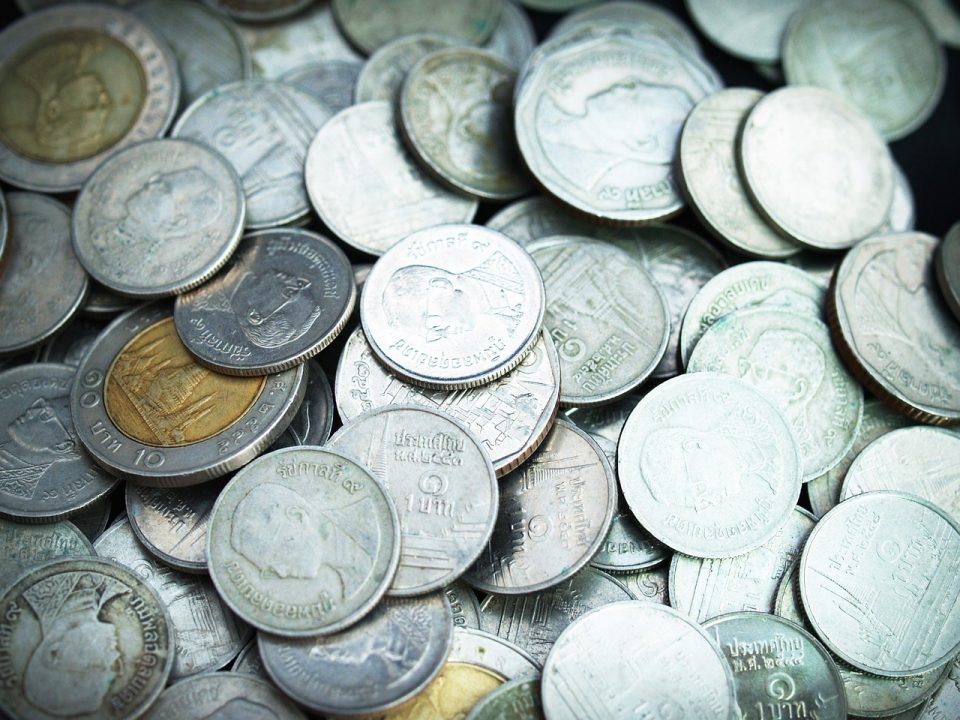


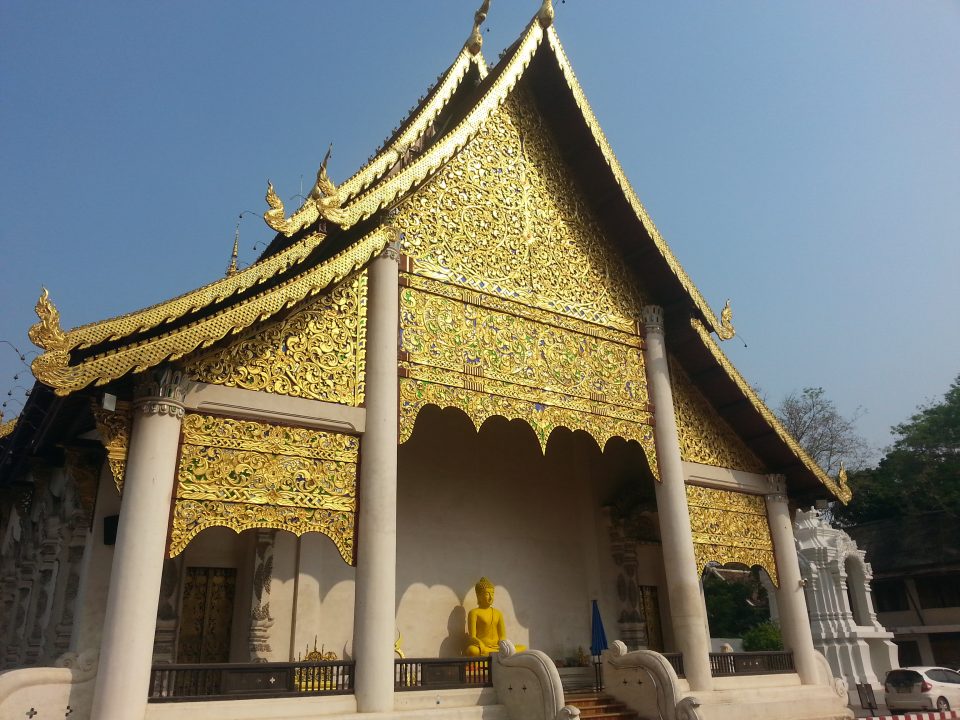
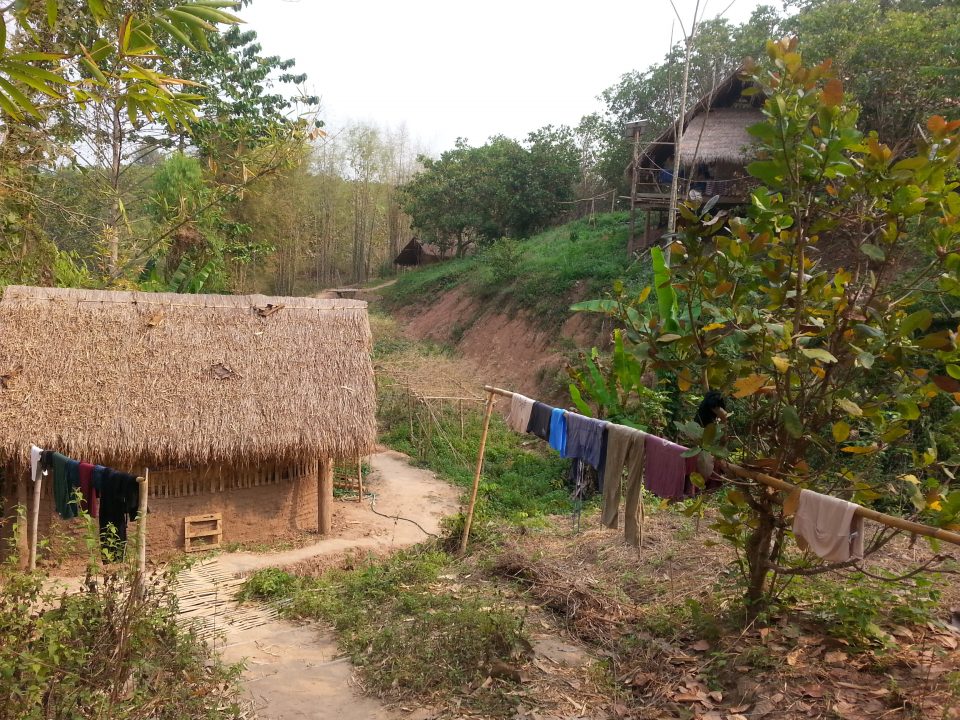
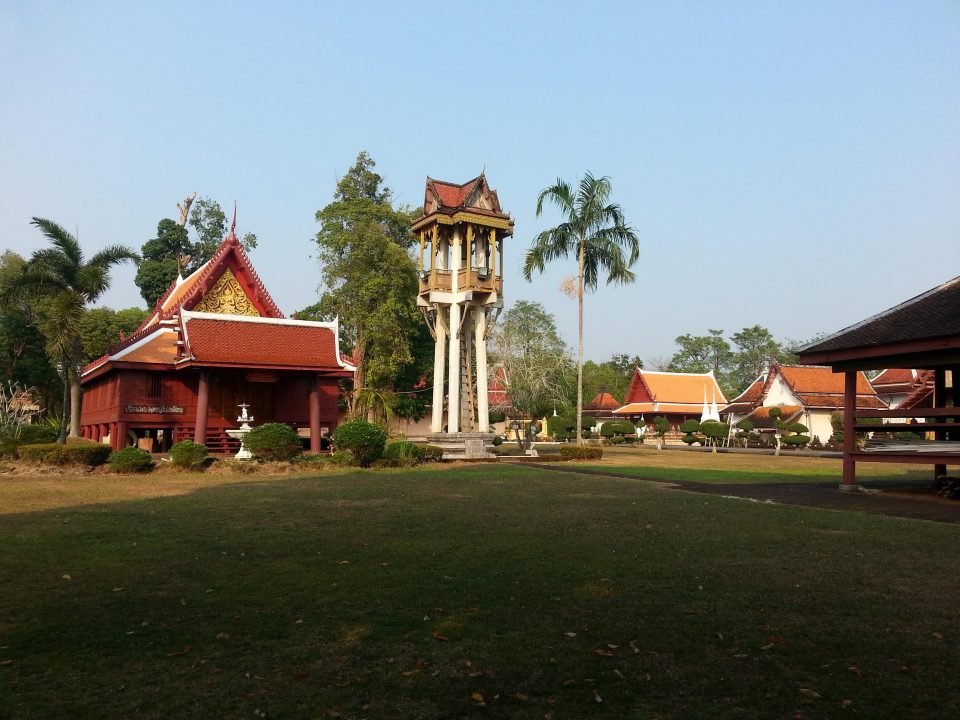

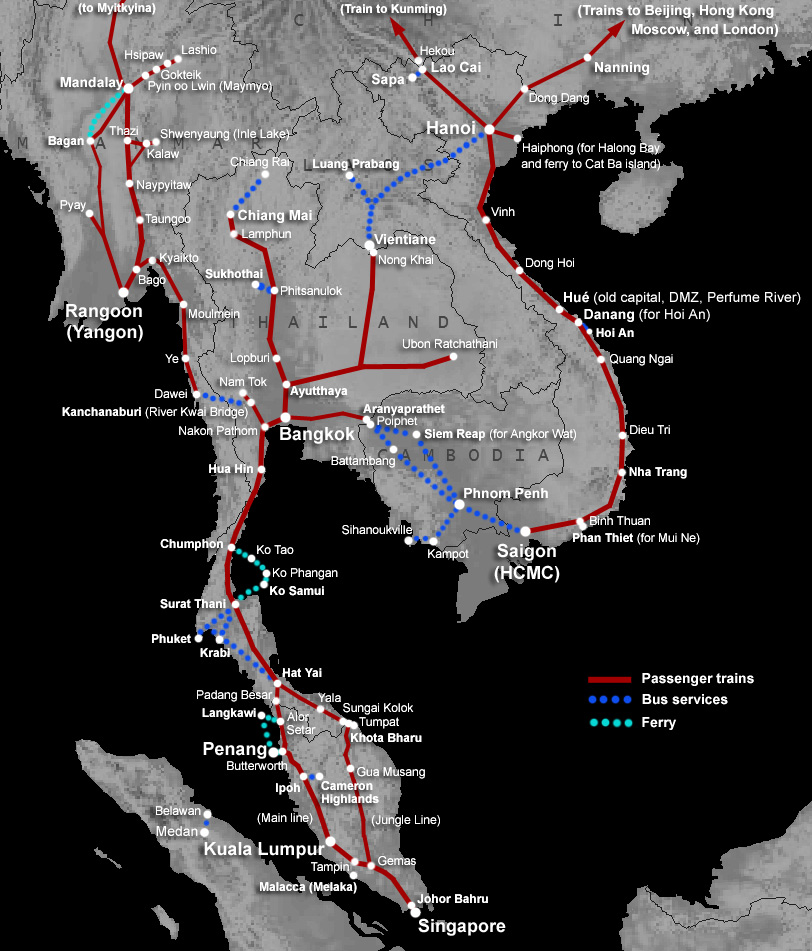
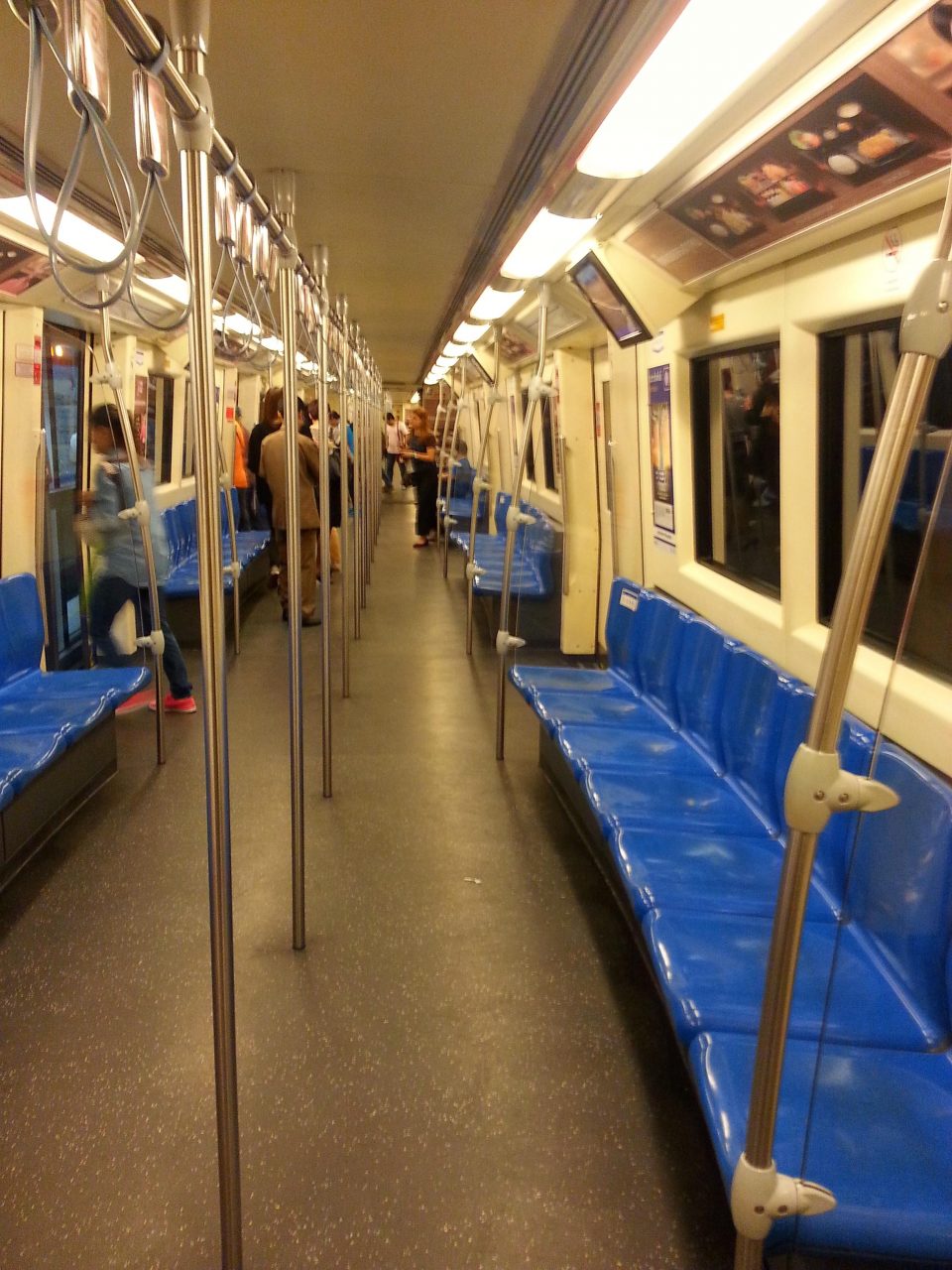

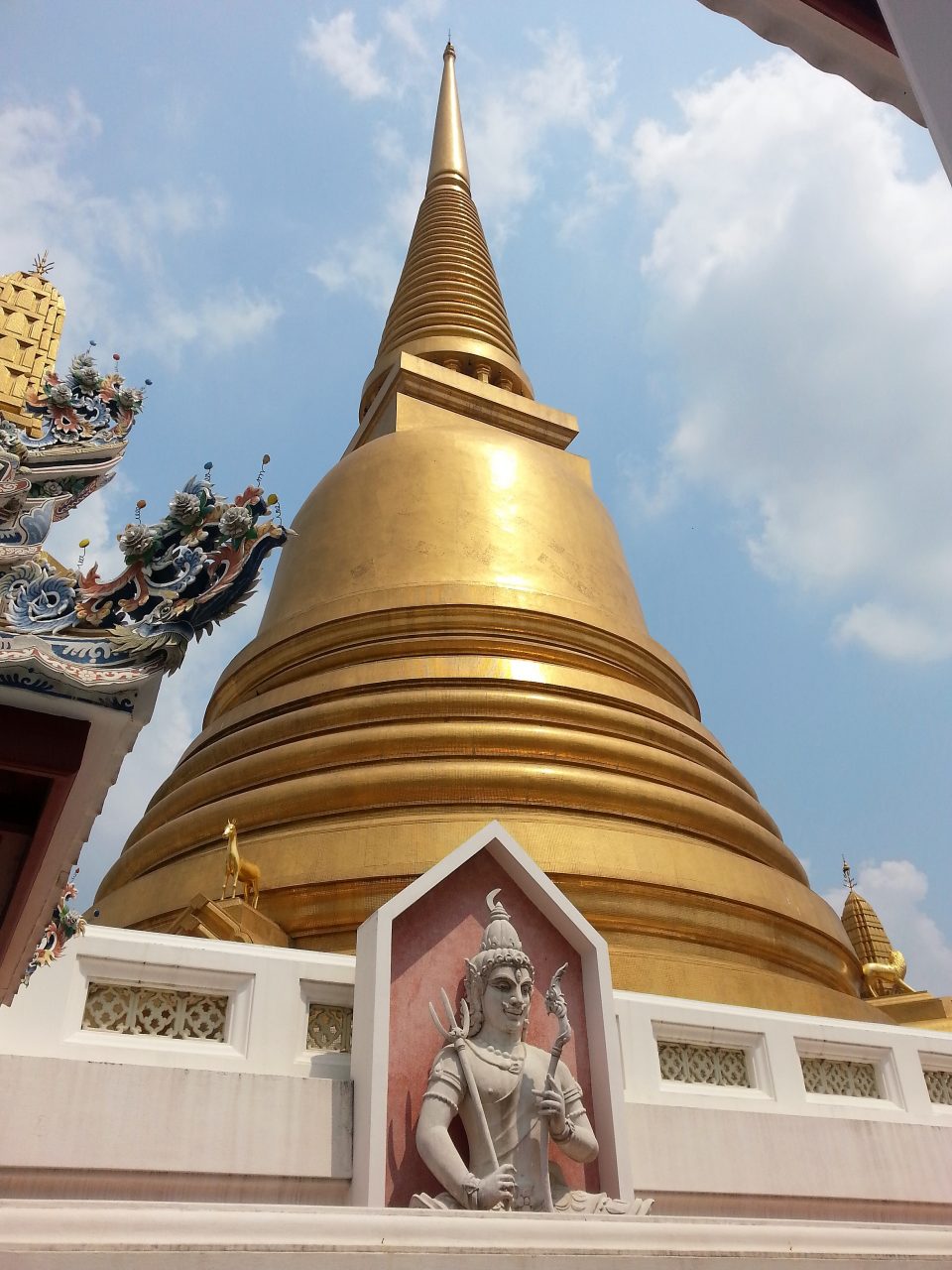
0 Comments